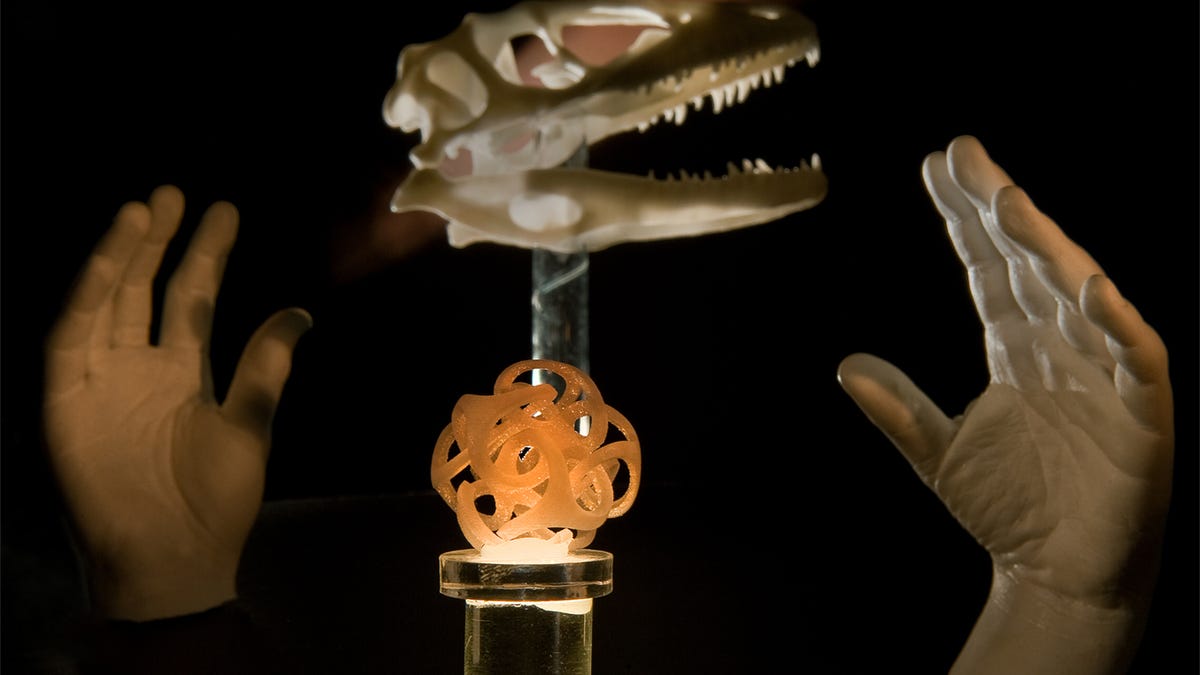Your 3D printer is telling people what it's making
The sounds of a 3D printer at work can be reverse engineered to reconstruct the original 3D model. It sounds cool, but there could be big implications for industrial espionage.
If you want to steal a 3D design, all you have to do is record the sound of the 3D printer making it.
In research demonstrating that industrial espionage may be as simple as opening a recording app on your smartphone, a team led by Professor Mohammad Al Faruque at the University of California at Irvine has shown that it is possible to reconstruct a 3D model based solely on audio of the printer in action.
According to the team's research, the sounds made by a 3D printer can be used to ascertain the position and movements of its extruder. A recording of these sounds can then be used to reverse engineer these positions and use them to recreate a model of the object being printed.
Encryption can be used to protect a file. But once the design gets to the printer, the sounds of the motors give it away. Even if a human ear can't tell the difference, software can be used to decipher the minute changes.
"In many manufacturing plants, people who work on a shift basis don't get monitored for their smartphones, for example," Al Faruque, an electrical engineer and computer scientist with the university's Advanced Integrated Cyber-Physical Systems Lab, said in a statement.
"If process and product information is stolen during the prototyping phases, companies stand to incur large financial losses. There's no way to protect these systems from such an attack today, but possibly there will be in the future."
To test their hypothesis, the team used a key-shaped object. By recording the sounds of the 3D printer, they were able to reconstruct the object with 90 percent accuracy.
"My group basically stumbled upon this finding last summer as we were doing work to try to understand the relationship between information and energy flows," said Al Faruque.
"According to the fundamental laws of physics, energy is not consumed; it's converted from one form to another -- electromagnetic to kinetic, for example. Some forms of energy are translated in meaningful and useful ways; others become emissions, which may unintentionally disclose secret information."
The next step will be to find ways to jam the sound, such as white noise generators. For a short-term stopgap, Al Faruque suggests that smartphones not be allowed in the vicinity of 3D printers where sensitive items are being built. The team will be presenting their research at the International Conference on Cyber-Physical Systems from April 11 in Vienna.


